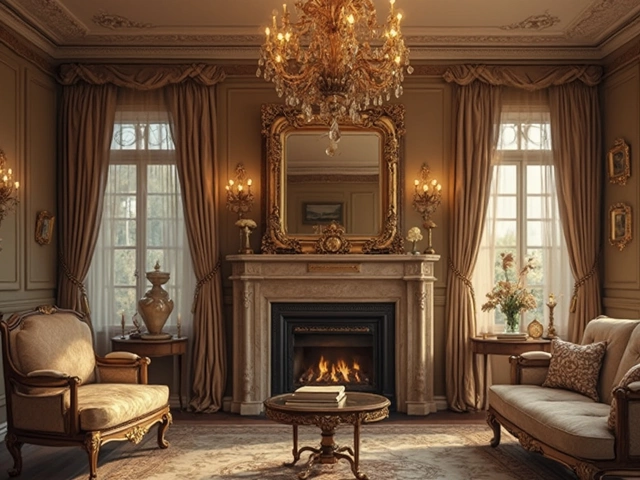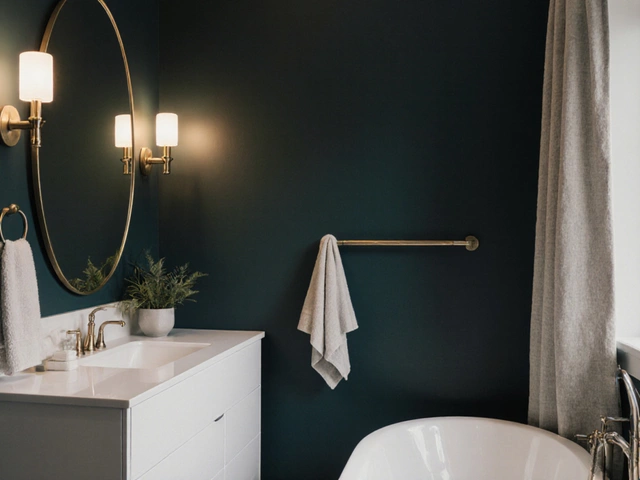Differences Between Affordable and Luxury Mirrors: An In-Depth Guide
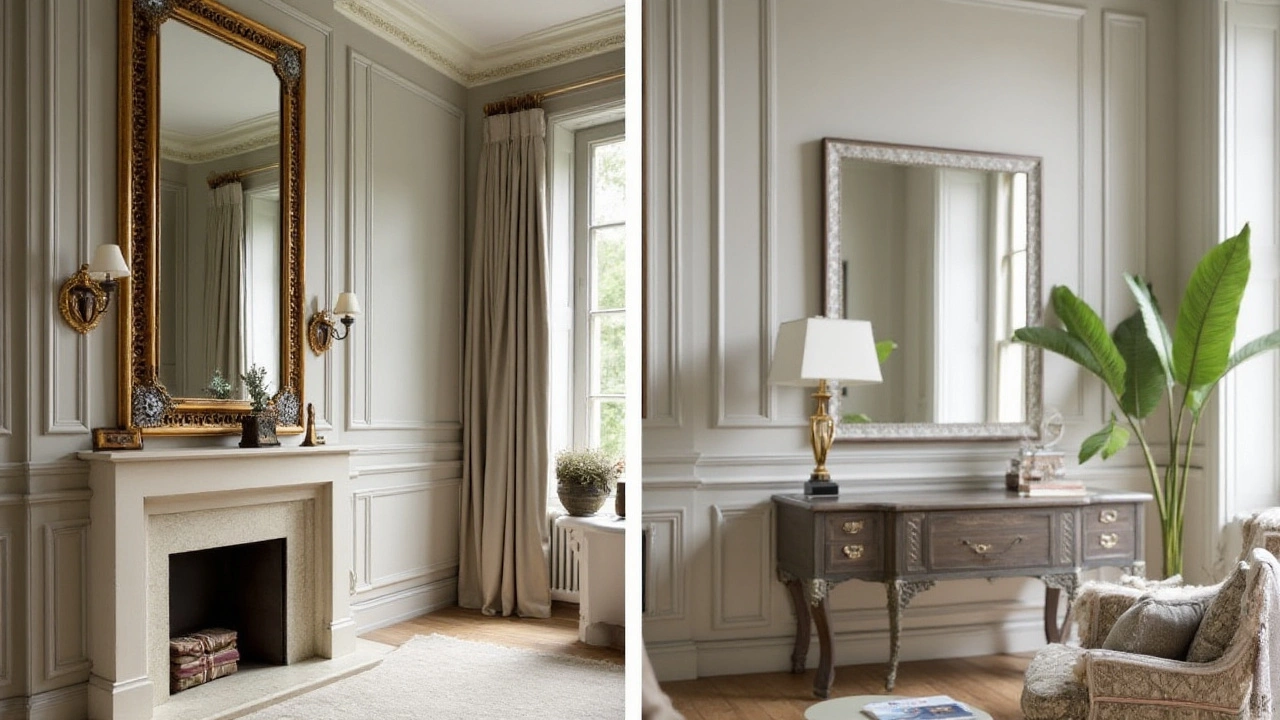
Mirrors hold a magnetic allure, casting reflections that bring light and life into our everyday surroundings. As simple as they might seem, the choice between a budget-friendly mirror and a luxury piece can significantly influence both function and ambiance in your home.
In this article, we'll peel back the layers of glass and silver to uncover what truly sets inexpensive mirrors apart from their more lavish counterparts. From the subtleties in craftsmanship to tangible differences in durability and style, join me as we embark on a journey to discover the magic behind these reflective surfaces.
- Understanding Mirror Pricing
- Quality and Material Differences
- Craftsmanship Considerations
- Impact on Home Aesthetics
- Long-term Value and Durability
- Selecting the Right Mirror for Your Needs
Understanding Mirror Pricing
The world of mirrors isn't just a reflection game; it's an economic puzzle of pricing that piques the curiosity of many home decor enthusiasts. The cost of mirrors can range dramatically, creating a fascinating spectrum from those sweetly affordable finds at your local thrift shop to the exquisite, luxury pieces that can rival a precious piece of jewelry. Delving into why these prices vary is an exercise much like unfolding a map full of hidden treasures, where each layer tells a story of artistry, material, and labor.
At the heart of this price variance lies the quality of materials used. Affordable mirrors often leverage economy glass and simpler reflective coatings, while the more expensive alternatives tend to utilize premium materials that offer clarity and brilliance, such as glass with higher lead content or specialized coatings designed to enhance luminosity and reflection accuracy. It's akin to comparing costume jewelry with fine diamonds: both may sparkle, but the depth and quality are noticeably different. A typical budget mirror might suffice for some decor needs, but if precision and longevity are desired, investing in a luxury mirror could become almost imperative.
Another key factor is the craftsmanship involved. Handcrafted details, intricate design, and the time invested in creating each piece significantly influence a mirror's price. Many luxury mirrors involve artisanal techniques that have been honed over generations, offering one-of-a-kind details that machinery cannot replicate. These subtle artistic nuances contribute to the elegance and unique charm of luxurious mirrors. Reflecting on this, one might consider the words of Isabel Kristensen, an esteemed interior designer, who stated, "A mirror does not simply reflect what's in front but enhances the soul of the room."
Besides the basics of materials and craftsmanship, the geographical aspect shouldn't be overlooked. Where a mirror is made can also impact pricing. Mirrors crafted in regions renowned for their glass-making traditions often carry a premium due to the established expertise and recognition of quality associated with these locales. Just as one might pay more for a handbag from a renowned fashion house, mirrors bear a similar prestige based on their origin and the reputation of their makers.
In stepping back from the finer manufacturing details, one must also consider the role of design and artistry. The aesthetic appeal of a mirror can transform a space, making it a bold statement piece or a subtle enhancer of the room's existing design. Luxury mirrors often come with the option of customization, allowing you to choose from a vast palette of frames, shapes, and finishes that align perfectly with your personal style or the ambiance you wish to create in your home. In contrast, affordable mirrors generally come prefabricated, focusing more on mainstream trends and convenience. There's certainly beauty in both approaches, each serving different needs and desires.
Reflecting on the varieties of pricing involves an examination of these many layers, each adding depth to the intricate world of mirrors. It allows us to understand not merely the cost but the value behind that cost, letting us appreciate why some mirrors are priced like fine art. Whether your choice is an affordable wonder or a splurge-worthy masterpiece, knowing the pricing dynamics can enrich the mirror-selection journey, turning it from a simple purchase into a rewarding adventure.
Quality and Material Differences
When it comes to selecting a mirror, the foremost aspect many buyers overlook is the quality and materials used in its production. On a surface level, all mirrors might seem identical—reflective glass sheets that bounce back our likeness—but digging deeper reveals a world of difference defined by the materials and craftsmanship applied to each.
Let's speak about glass, which is essentially the heart of any mirror. High-end mirrors are crafted from superior quality flat glass that offers a true reflection minus distortion. Such glass is often free of ripples or unsightly blemishes that can plague cheaper alternatives. Think of the glass as an artist's canvas; the clearer and smoother it is, the more accurate the reflection it can project.
The silvering process, where a thin layer of silver nitrate is applied to the glass, also contributes substantially to a mirror's quality. Inexpensive mirrors might skimp in this process by using lower-grade materials or thinner coatings, which can dull over time, leading to tarnished reflections. On the flip side, higher-end mirrors employ refined processes and materials that resist corrosion and age with grace.
Synthetic resins or equivalents often back mirrors to protect the fragile silvering. In some finer mirrors, manufacturers use eco-friendly options, ensuring a lesser environmental footprint compared to their budget counterparts. Yet, besides environmental impacts, these sturdy backings offer enhanced integrity and resilience, crucial for long-term durability.
Exploring the allure of frame designs, luxury mirrors often boast handcrafted frames from exquisite woods or metals, bearing intricate carvings or inlays. Such artful craftsmanship in framing not only adds ornamental value but also acts as a testament to a buyer’s refined taste. Conversely, cheaper mirrors often come with frames made from inexpensive plastics or thin veneers that might imitate wood or metal but lack the dazzle of authenticity.
The illusion of quality might be easy for the uninformed, remarked interior designer Jane Burden, "but the touch and feel of materials as well as the long-term performance of a mirror separates a true gem from a mere imitation."
Let’s not forget the technological advancements evident in modern mirrors. Smart mirrors with integrated displays or lighting solutions further widen the gap in experience between affordable and luxury varieties. While these may not be essential for everyone, they showcase an intersection where technology and traditional décor meet, elevating functionality alongside aesthetics. Therefore, selecting the right mirror often involves balancing these facets according to personal preferences and budget constraints.
For those keen on sustainability, higher-priced mirrors might also focus on socially conscious manufacturing practices, offering peace of mind to buyers who value ethical production conditions. Making this informed choice not only aligns with your décor aesthetic but also with personal values, offering both beauty and fulfilment in each reflection.
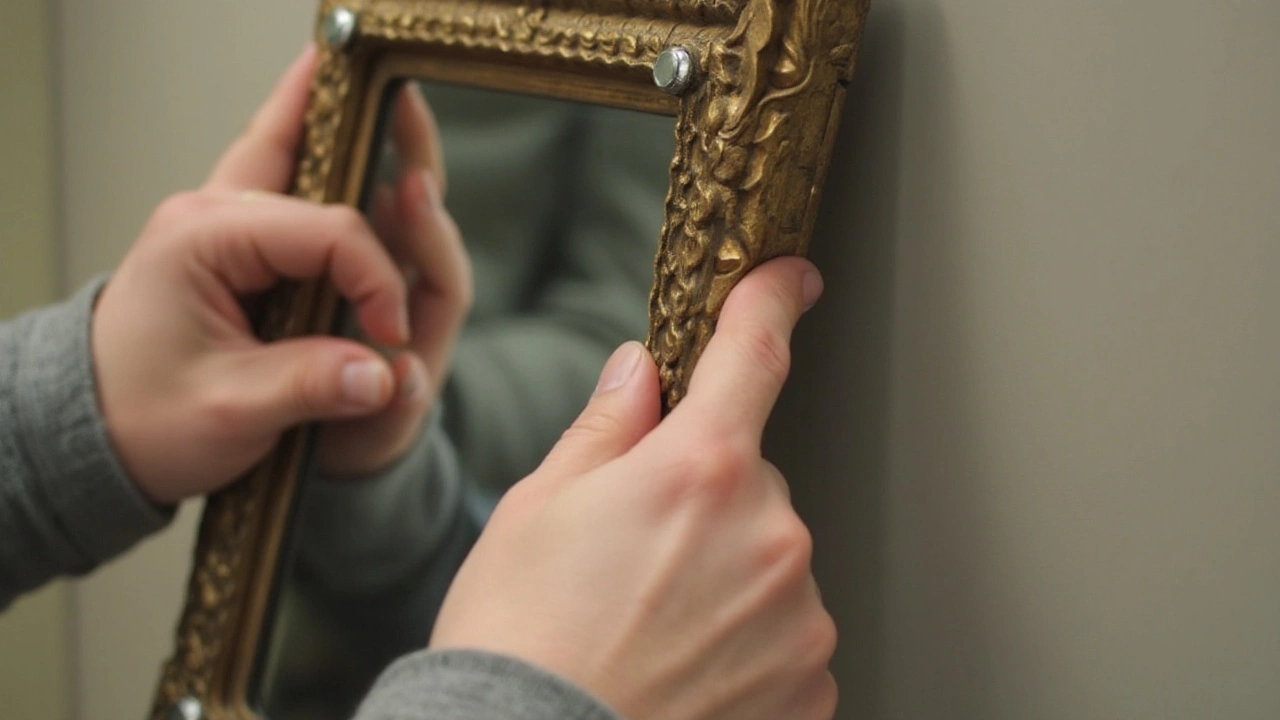
Craftsmanship Considerations
When it comes to mirrors, the nuances of craftsmanship can be as revealing as the reflections they cast. In the world of home decor, the importance of a mirror extends beyond mere functionality. It's about artistry—how a simple piece of glass can transform a room, add depth, or even serve as a statement piece. The craftsmanship behind a luxury mirror is often painstakingly detailed, a labor of love crafted by skilled hands. These artisans focus on the smallest details, such as the bevel of the edge or the symmetry of the frame, knowing how each element contributes to the whole.
In contrast, budget-friendly mirrors are typically mass-produced, which often means less attention is given to these intricate details. The materials might not have the same longevity, with frames made from composite woods or resin instead of solid and sustainable options. When it comes to glass quality, higher-end mirrors often use optical-grade glass, which provides superior reflection and clarity without distortion. The backing used to protect the silver layer, usually copper or aluminum, can also vary in quality. In affordable options, this layer may deteriorate faster, leading to futures like black spots, where the backing starts to peel.
"The mirror is a canvas reflecting creativity through craftsmanship and design," notes renowned interior designer Ellen Degeneres in her book, Home: Complete Solutions. "The artistry lies in harnessing the delicate balance between functionality and aesthetics."
For those investing in luxury mirrors, the allure lies in bespoke opportunities. Customization allows homeowners to choose everything—frame materials, shapes, and even size ratios that perfectly fit with the intended space. In many cases, the makers take pride in adding unique details such as hand-painted finishes or intricate carvings. Some exclusive brands might offer personalization, like etched names or family crests, in their mirrored surfaces, creating an heirloom quality that can be passed down through generations.
To highlight how craftsmanship varies, below is a quick comparison table that might help visualize these differences:
| Aspect | Luxury Mirrors | Affordable Mirrors |
|---|---|---|
| Glass Quality | Optical-grade | Standard |
| Frame Material | Solid Wood/Metal | Composite/Resin |
| Customization | Extensive | Limited |
| Durability | High | Medium |
While budget options serve their purpose, understanding these differences can be pivotal when deciding where to allocate resources in the home. Appreciating the thoughtful design behind a well-crafted mirror can inspire, perhaps prompting one to look at their reflection in new ways—an essential aspect of home decor that is sometimes overlooked.
Impact on Home Aesthetics
Mirrors, beyond their practical purpose, wield a transformative power in interior design. A well-placed and thoughtfully chosen mirror can reshape the entire feel of a room, making spaces feel brighter and more spacious while adding a touch of elegance. Whether opting for an affordable mirror or indulging in a luxury mirror, understanding their impact on home aesthetics is crucial. Let’s explore how these reflective surfaces can alter the ambiance and style of your living spaces.
One of the primary effects mirrors have is enhancing light distribution. When strategically positioned, they capture and reflect natural light, creating an illusion of depth and space. This quality is indispensable for smaller rooms or dimly lit areas. An expensive mirror often features high-quality glass that ensures a clearer reflection and optimal light reflection, which can dramatically change a room's mood. In contrast, budget mirrors may not provide the same clarity, sometimes offering a slightly distorted image.
The frame design significantly influences a mirror’s role as a decorative piece. High-end mirrors usually come with exquisite frames, often handcrafted using premium materials like solid wood or metal with intricate details. These frames provide a statement piece that can either blend seamlessly with the existing decor or stand out as a focal point. On the other hand, affordable mirrors tend to have simpler frames made from plastic or composite materials, focusing more on practicality than artistic appeal.
"Mirrors are like pieces of art; they not only reflect our physical being but also the personality of the space," states renowned interior designer, Francine McKenna.Choosing the right mirror involves considering its style and how it complements the room's color palette and design theme. A contemporary minimalist space may benefit from a sleek, frameless mirror, enhancing its modern look. Meanwhile, a vintage space could be enhanced with an ornate gilded mirror that channels a sense of history and charm.
| Mirror Type | Style Impact |
|---|---|
| Frameless Mirror | Emphasizes simplicity and modernity |
| Ornate Frame | Adds elegance and traditional charm |
| Round Mirror | Softens harsh lines, creating a balance |
When choosing mirrors, consider the emotional and visual impact they have on your space. Whether the goal is to create a cozy nook in a corner or to elevate an entire room, mirrors are a versatile tool in achieving those desires. Balancing budget with design intentions ensures that you select the perfect mirror to uplift your home’s aesthetic appeal.
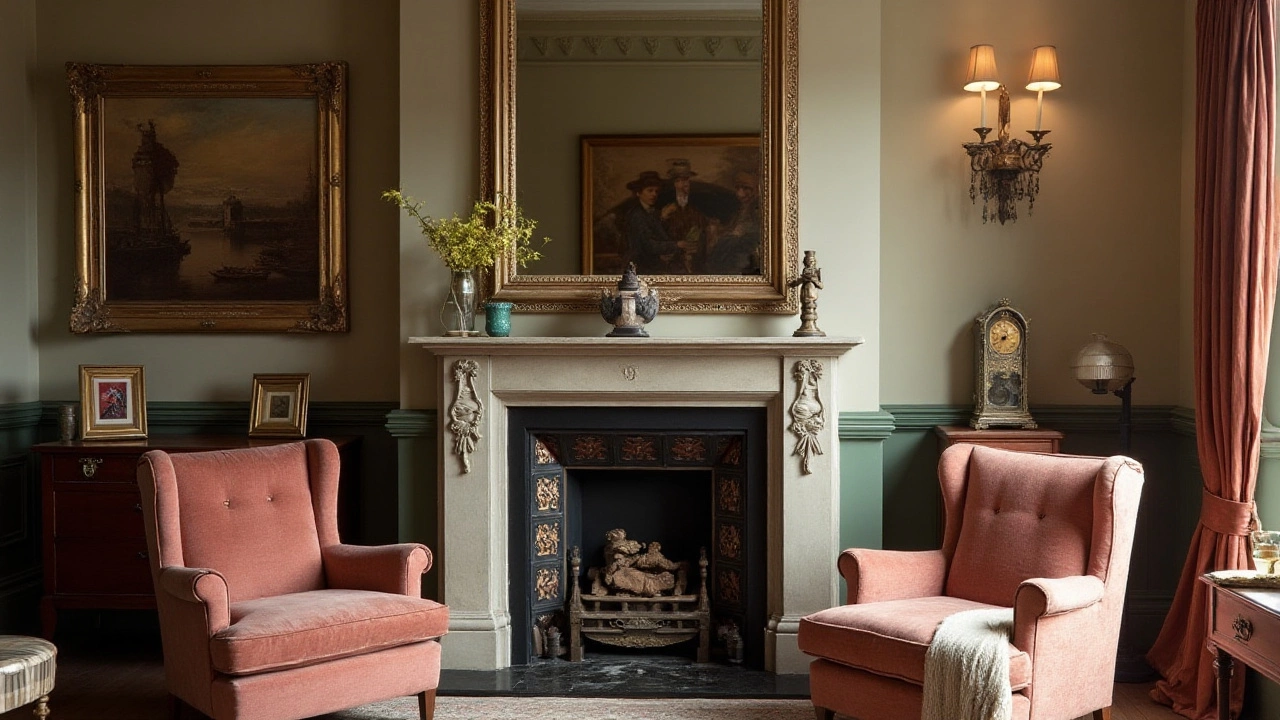
Long-term Value and Durability
When you're investing in a mirror, considering the longevity and sturdiness is just as essential as the initial allure of its design. While a luxury mirror might be heavier on the wallet, it often comes outfitted with features that ensure long-term use without losing its luster. High-end mirrors are frequently crafted from premium materials like sterling silver or higher-quality glass, which resist tarnishing and maintain clarity over time. These materials don't just enhance the mirror aesthetically but also guard against common issues like scratches and tarnishing.
On the flip side, affordable mirrors often use more cost-effective materials. The glass might be thinner, and the backing could be made of aluminum instead of silver. Some budget-friendly options may experience quicker degradation, showing signs of wear such as black spots or dull reflections after a few years of use. It's noteworthy that some manufacturers have begun to close this gap, offering affordable ranges that skillfully balance price with durability.
Long-term durability also hinges on the craftsmanship. Mirrors of higher price categories often involve meticulous construction techniques, ensuring that the glass is perfectly leveled and the frame securely adheres. This precision work is what keeps a mirror from developing distortion over time. An interesting stat from the National Glass Association suggests that mirrors made using advanced techniques can last over 20 years without significant distortion, provided they are properly maintained.
"A mirror reflects everything except that which is behind it." – Mahatma Gandhi
For those seeking both affordability and durability, selecting the right brand or manufacturer becomes crucial. Brands recognized for their sturdy mirrors often stand by their products with warranties that guarantee durability. This is particularly important in regions with fluctuating temperatures or humidity levels, as environmental factors can expedite mirror deterioration. Navigating these brand choices requires careful consideration, often leaning on reviews and word-of-mouth recommendations from within trusted circles.
Ultimately, the choice between affordable and luxury mirrors where durability is concerned may also reflect personal priorities, whether style trends that may necessitate periodic changes or a desire for a timeless piece that endures through the years. A good practice for ensuring durability, regardless of the mirror's price point, is regular maintenance. Proper cleaning and positioning play key roles in extending a mirror's lifespan, safeguarding against both sunlight damage and exposure to excessive humidity.
Selecting the Right Mirror for Your Needs
Choosing the perfect mirror is more than just a purchase; it's an expression of style and functionality that can transform any space. When deciding between affordable mirrors and luxury mirrors, it's important to evaluate your needs and priorities. Consider the mirror's intended use: Is it for practicality, like capturing an outfit in its entirety, or merely to serve as a decorative piece enhancing the room's appeal? The answer guides the decision-making process and helps you strike a balance between budget and quality.
Another factor worth noting is the size and positioning of the mirror. A large, full-length mirror creates the illusion of space and is perfect for entryways or bedrooms, whereas smaller mirrors work nicely as accents in bathrooms or as part of a decorative gallery wall. Take a moment to visualize where the mirror will hang and how it will interact with the light sources in the room. Natural light can amplify a mirror's effect, while strategic placement next to lamps can add a warm, inviting glow. Lighting can bring out unique characteristics in both cheap mirrors and their expensive counterparts.
Material consideration comes next. Mirrors with wooden frames offer a classic charm and are often associated with vintage themes, whereas metallic frames contribute contemporary flair. The type of glass used can largely influence the mirror's quality and longevity, with premium options offering crystal clarity and reduced distortion. According to Jane Johnson, a renowned interior designer,
"A well-placed mirror isn't just looking glass; it's a gateway to a new dimension of room elegance."This dimension is defined by clear reflection, from home decor between the frames of affordable to luxury mirror options and the sturdiness of the mount.
Lastly, focus on functionality. Does the mirror serve an optimum purpose, like easily viewable at all angles, or perhaps it doubles as hidden storage? With innovative designs on the rise, mirrors can now be seamlessly integrated into cabinetry, offering elegant solutions for space saving. Weighing the pros and cons of each feature helps determine where to splurge or save. Integrating these factors can lead to a rewarding purchasing experience, ensuring the chosen mirror is tailored perfectly to your lifestyle and taste.

